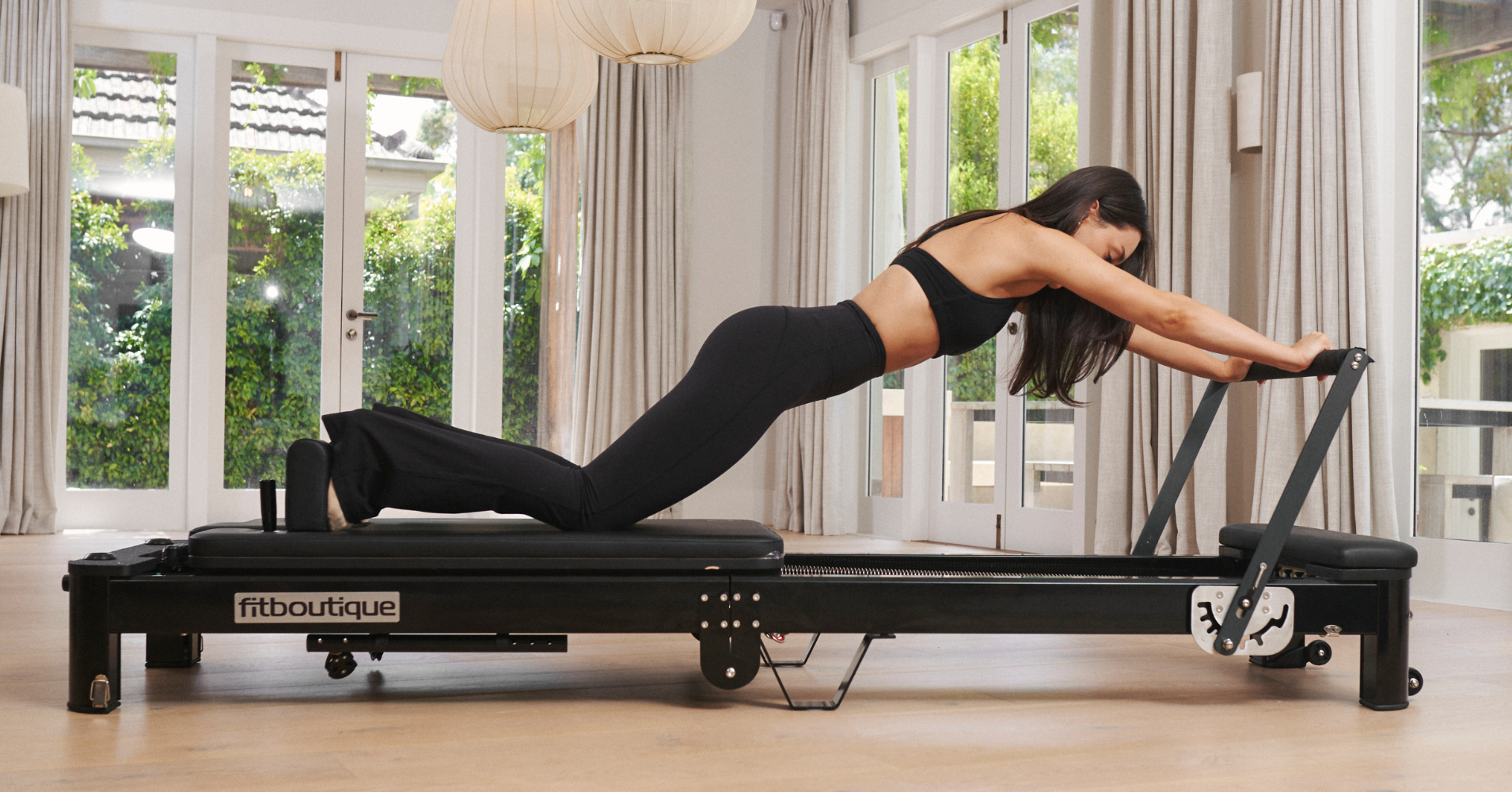
Why Is Reformer Pilates So Expensive?
Ever wondered why reformer Pilates classes leave such a dent in your wallet?
I often hear people wondering aloud, "Why on earth does reformer Pilates cost so much compared to other fitness classes?" I've been there myself, scratching my head at the prices before fully understanding what's behind those numbers. So, let's chat about why exactly reformer Pilates carries such a hefty price tag—and why it's actually worth every cent.
The Equipment Isn't Cheap
First up, the reformer machine itself is expensive to manufacture and maintain. Unlike yoga mats or dumbbells, Pilates reformers are intricate pieces of equipment made with premium materials. For example, our foldable Onyx reformer isn't just sleek—it's built for both comfort and durability. A single professional-grade reformer can set you back thousands of dollars. Multiply that by an entire studio, and it's no wonder classes cost more.
Here's another insightful article that digs deeper into these equipment costs if you're curious about what goes into making these machines special.
Qualified Instructors Are Essential
It's not just the equipment either—qualified instructors come at a premium. Pilates isn't like a standard gym class where someone can hop up front and guide the class through basic moves. Reformer Pilates instructors undergo extensive training and certification. They need to understand biomechanics, injury prevention, and even rehabilitation techniques.
I believe strongly in paying instructors what they're worth. The better the instructor, the safer and more effective your workout is going to be. That's also why Pilates tends to cost more—you’re paying for expertise.
Small Class Sizes Equal Higher Costs
If you've noticed, reformer classes usually have fewer people. Unlike yoga or group fitness sessions that cram in dozens of students, Pilates studios generally limit class sizes to maintain personalised attention. From my experience, smaller classes mean instructors can correct form and give tailored advice. This personalised approach is part of what makes Pilates so effective—but it's also why studios need to charge more per person to cover their overheads.
Check out my previous blog about why reformer Pilates is the ultimate full-body workout. It explains exactly why that personal attention matters.
The Studio Experience Matters
Ever walked into a beautiful Pilates studio and immediately felt relaxed? Me too. Pilates studios often invest heavily in aesthetics and comfort. It's more than just a workout—it's a premium experience from the moment you walk in. Comfortable waiting areas, high-quality reformers, and thoughtful touches all add to operating costs. You're not just paying for exercise; you're paying for an experience.
It's Not Just Pilates—It's Specialized Training
When I first started reformer Pilates, I quickly realised that it's not comparable to regular gym workouts or classes like aerobics. Each session is carefully crafted to target specific muscle groups, posture correction, flexibility, and even injury recovery.
For instance, when you're using a professional-grade reformer machine, the quality and precision of movements simply can't be replicated at home or in standard gym setups. Pilates requires precision and tailored instructions—elements you don't always get in standard group fitness.
Perceived Value and Real Results
Many people initially struggle to justify the cost. I certainly did at first. But consider what you're actually getting: noticeable results, personalised guidance, and workouts specifically tailored to your body. When you start seeing improvement in your strength, posture, and flexibility after a few weeks, the cost begins to make sense.
In fact, people who invest in Pilates often become long-term advocates precisely because they see the value and results clearly. I'm a strong believer in quality over quantity—it's better to invest in your health properly than cut corners and miss out on the benefits.
Accessibility vs. Cost—How to Balance It?
I totally get it—not everyone can afford regular classes. One solution I often recommend is to invest in your own reformer machine. Owning your reformer, like the foldable Onyx, means you can work out on your schedule without recurring class fees. It pays itself off in no time, especially if you're serious about sticking to Pilates.
If you're wondering about picking the right machine, I’ve written another piece that might help you decide: choosing the perfect reformer machine for your home studio.
Is Reformer Pilates Worth the Money?
Absolutely! From my perspective, the investment in reformer Pilates is justified by the quality of instruction, specialised equipment, intimate class sizes, and exceptional results. You're not just investing in exercise—you're investing in yourself.
If you're considering making the leap into reformer Pilates or want more insights, feel free to reach out to me directly. I'd love to hear your thoughts, questions, or help you get started on your Pilates journey.
Happy reforming!
Reformer Pilates Range
Frequently Asked Questions
How much space do I need for a reformer bed?
Space Requirements for Your Reformer
A FitBoutique reformer requires approximately 245cm x 68cm (2.45m x 0.65m) of floor space. Here's what this means for your space planning:
For Home Users
Length: 245cm (8.04 feet)
Width: 68cm (2.13 feet)
Recommended clearance: Add at least 30cm on each side and end for comfortable access
Total recommended space: 305cm x 125cm (3.05m x 1.25m)
For the Onyx Fold model specifically:
Same footprint when in use (245cm x 65cm)
When folded: Takes up significantly less floor space in vertical storage
Ceiling height consideration: Ensure adequate height for vertical storage
What's the difference between commercial and home reformers?
While both offer similar exercise capabilities, commercial reformers typically feature heavier-duty construction, enhanced weight capacity, and more extensive warranty coverage. However, premium home models like the Onyx series bridge this gap with commercial-grade components.
How often should I maintain my reformer?
Regular maintenance includes weekly cleaning, monthly hardware checks, and quarterly deep cleaning of tracks and wheels. Premium reformers come with detailed maintenance guides to ensure optimal performance and longevity.













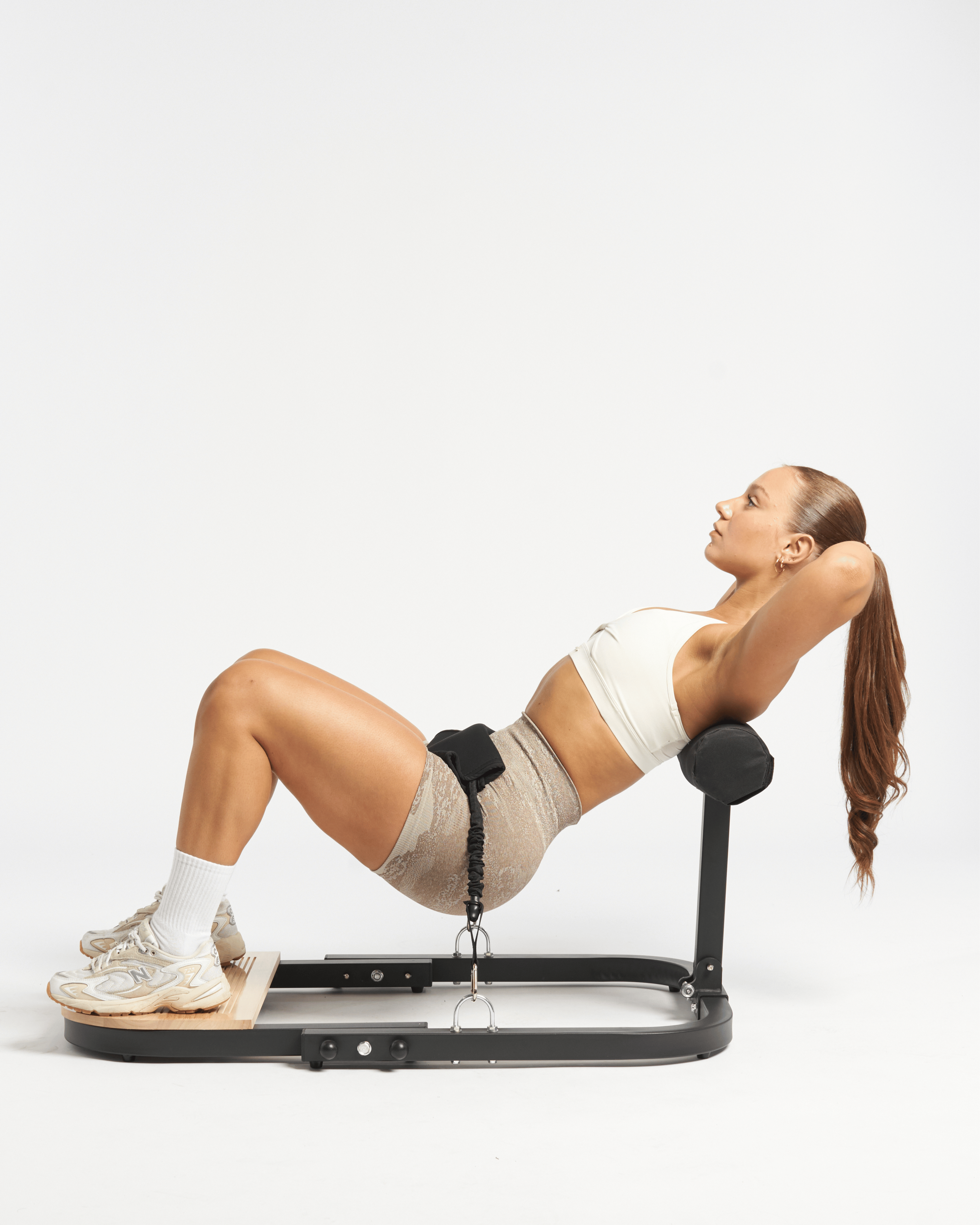
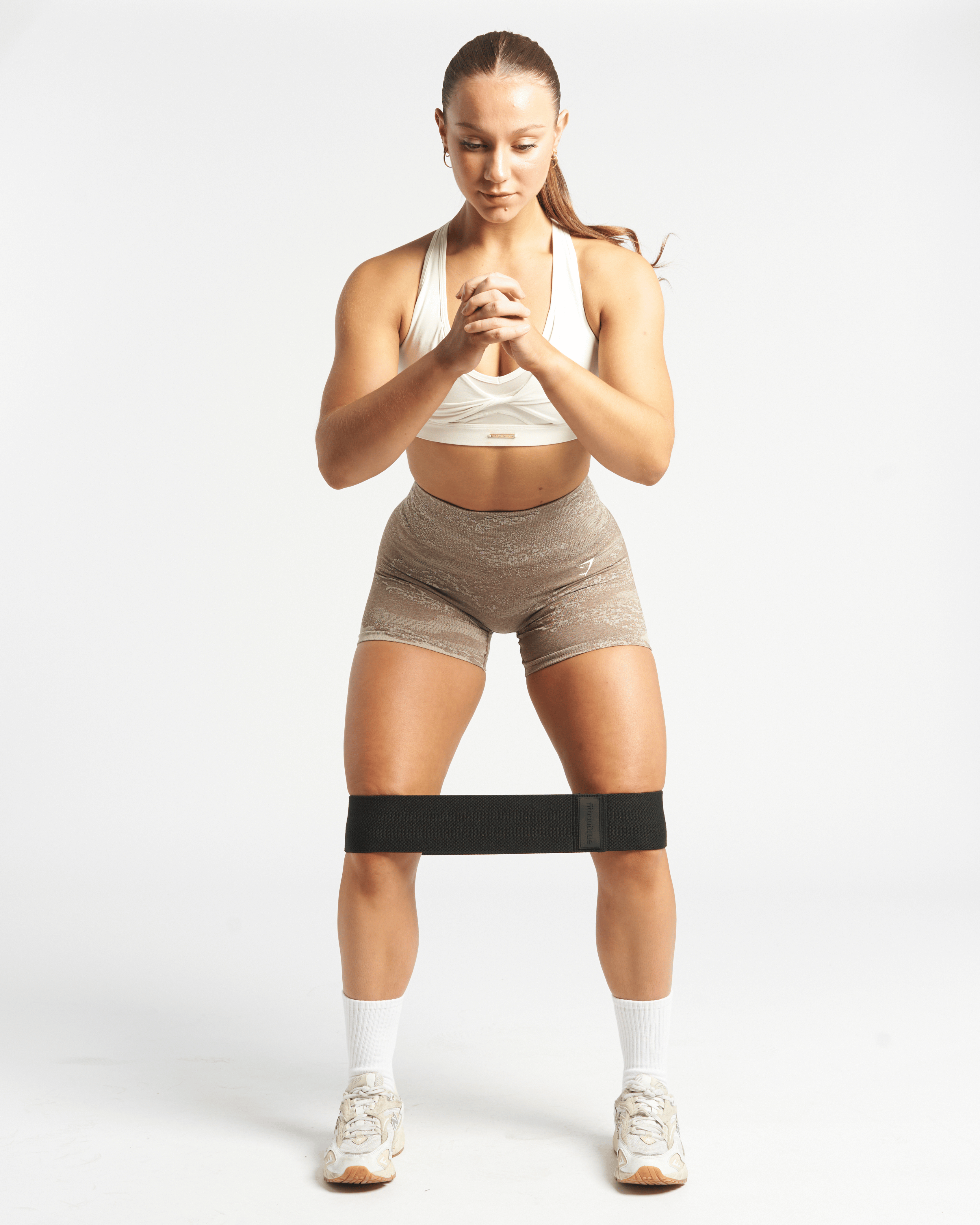
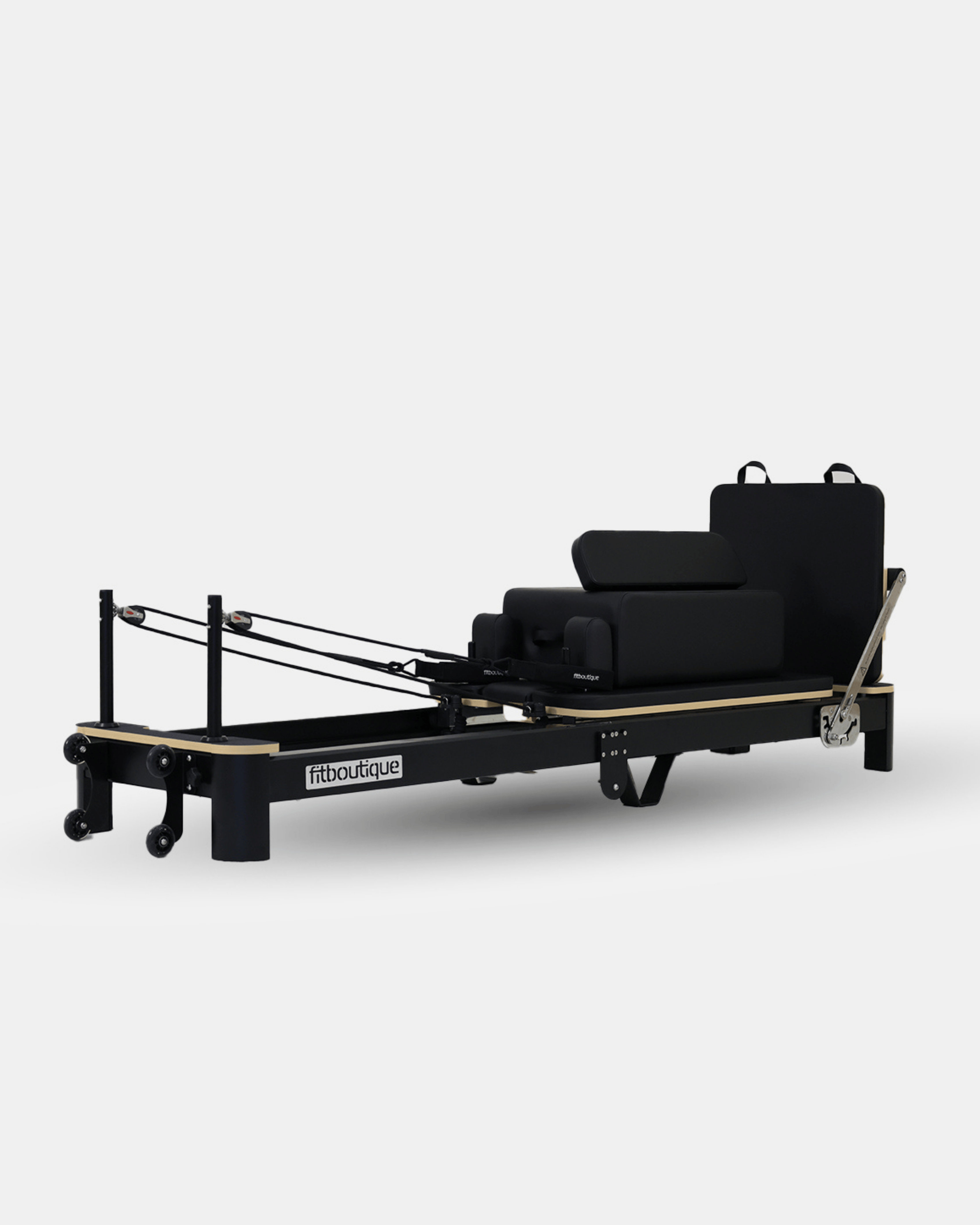
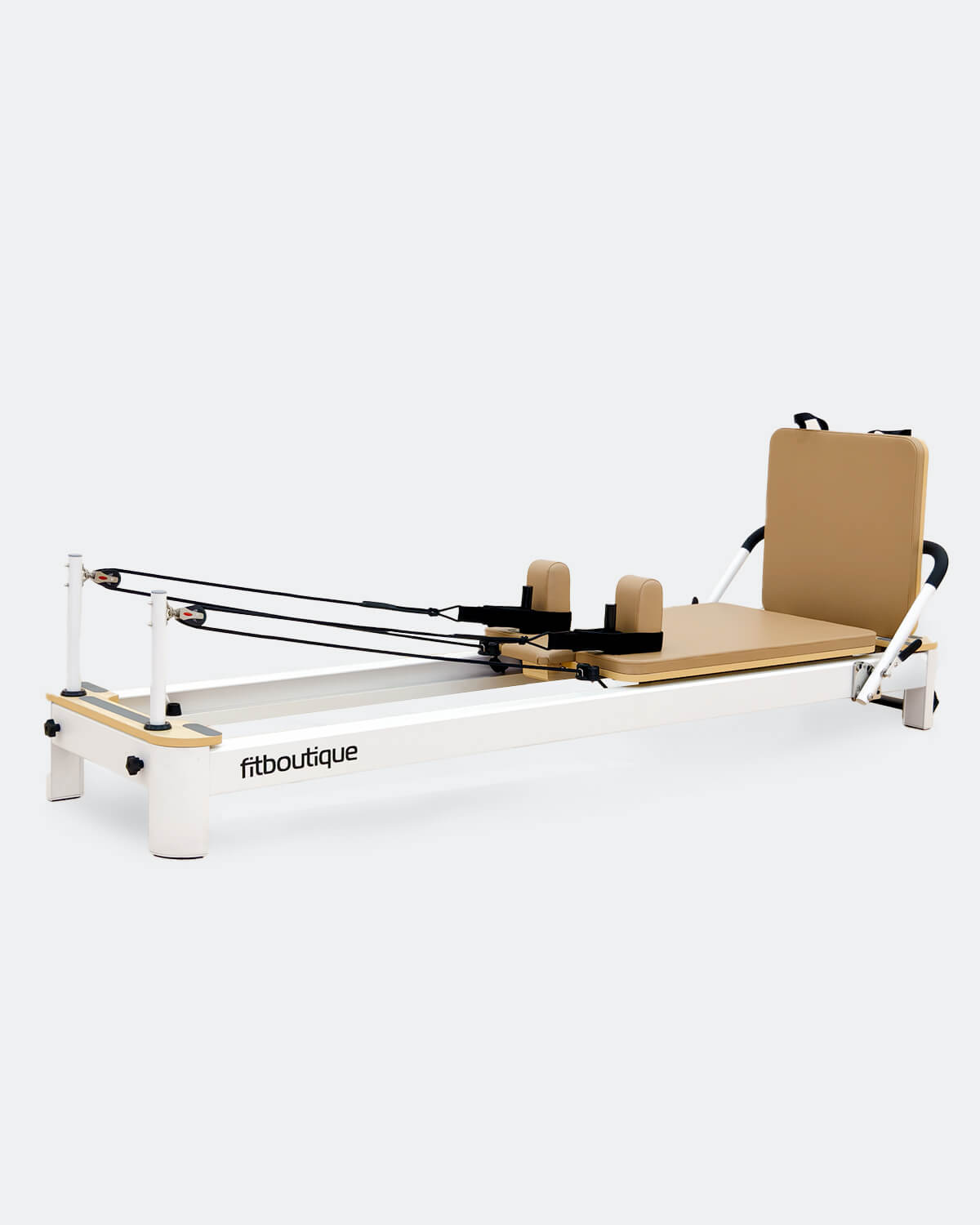
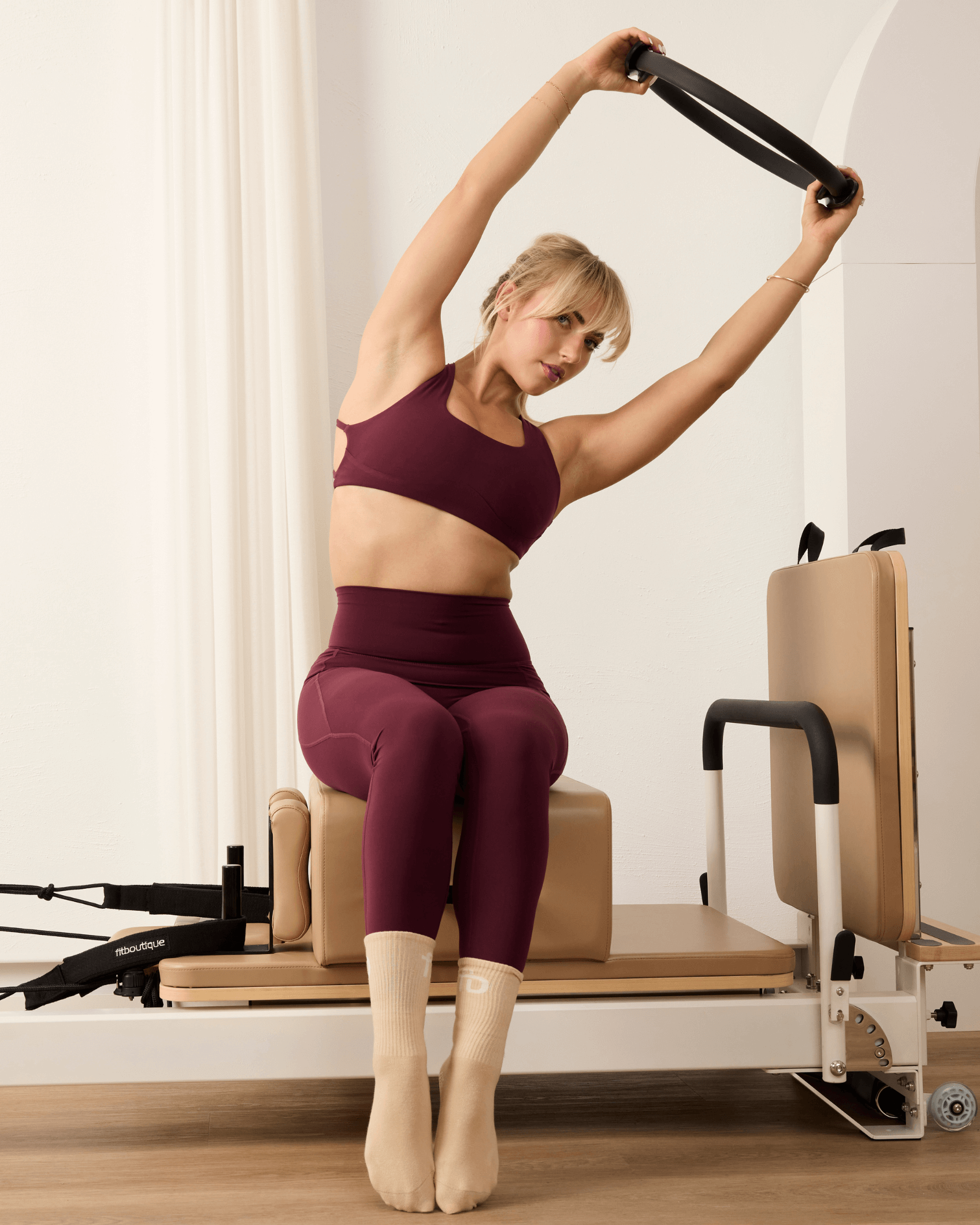
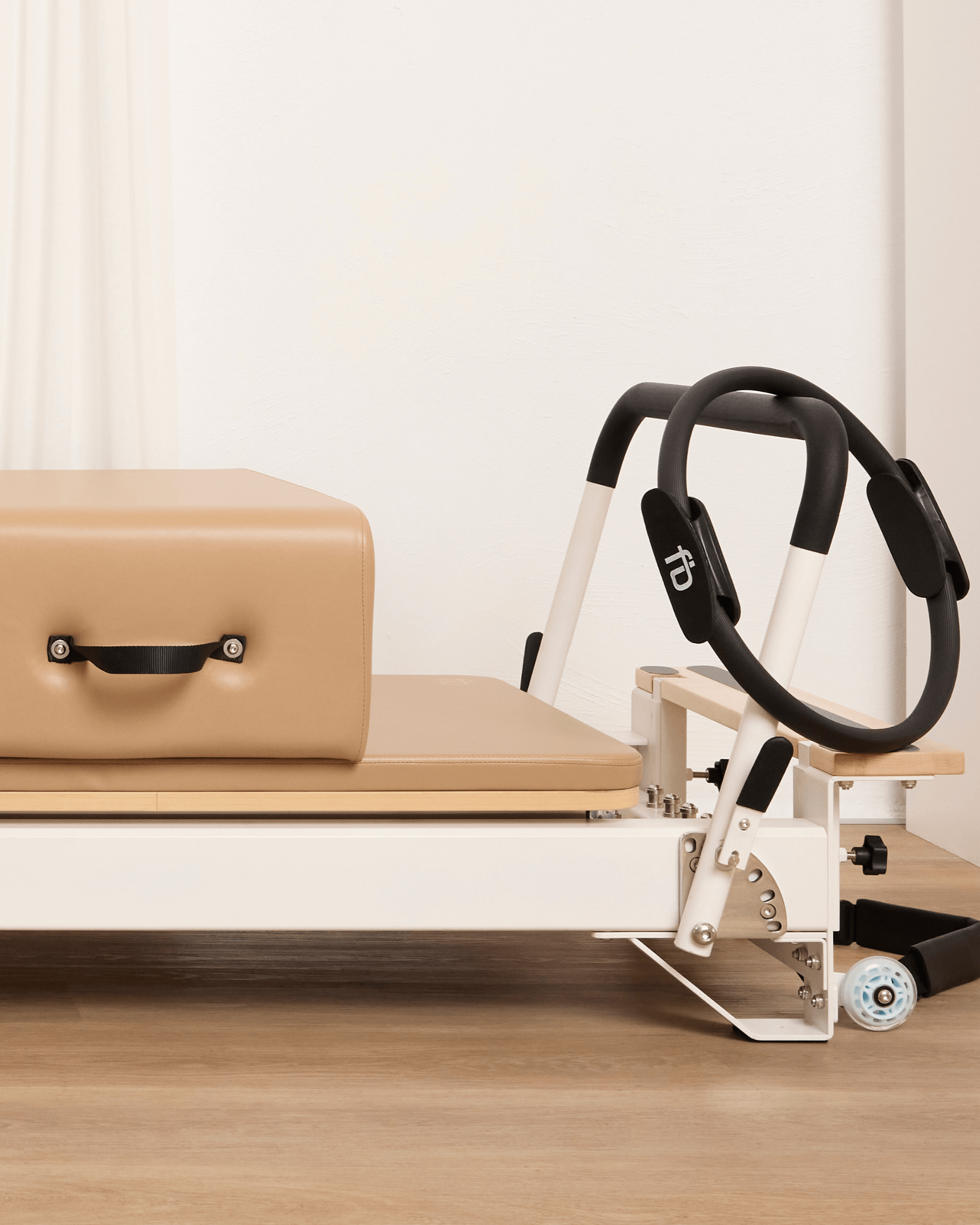
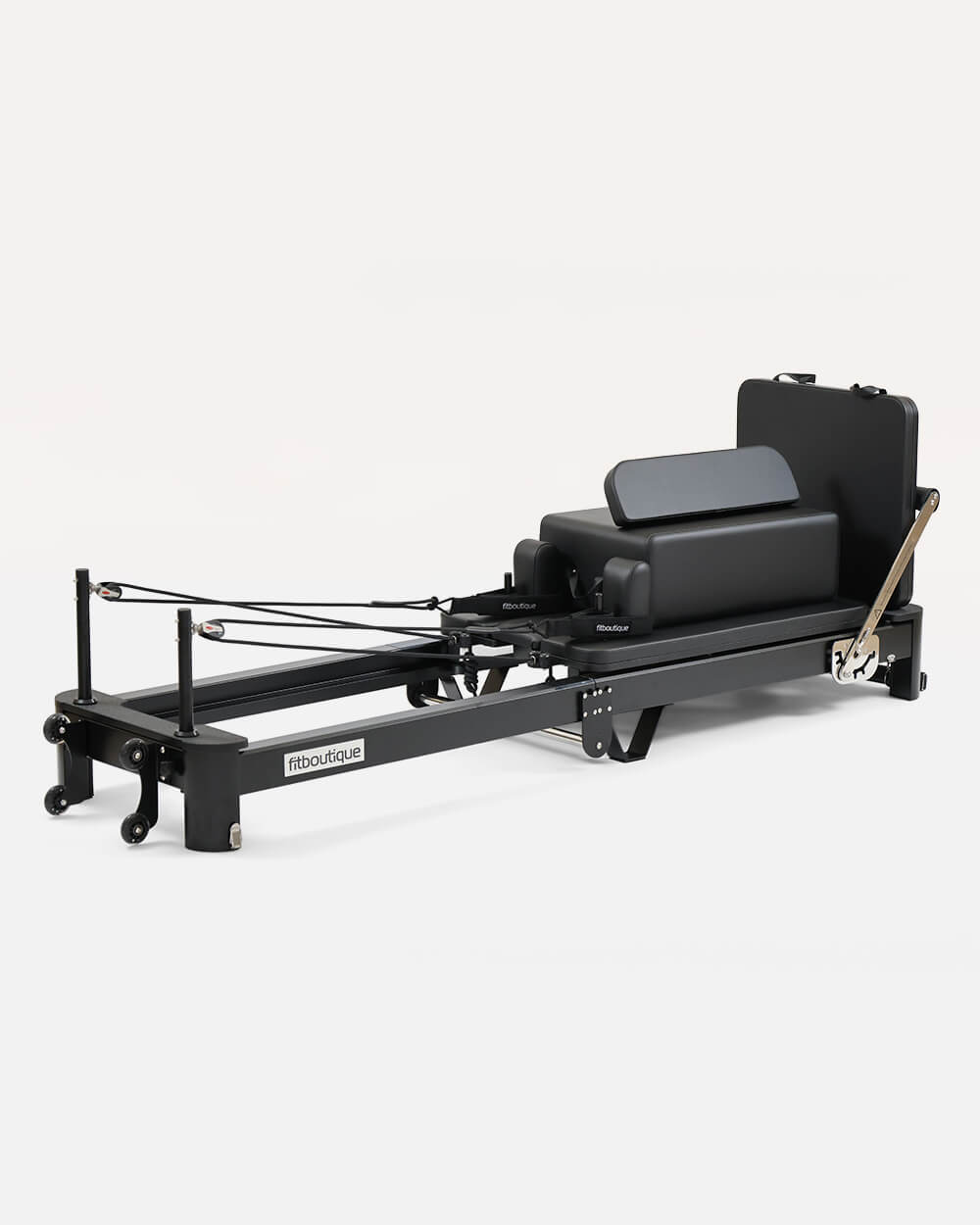

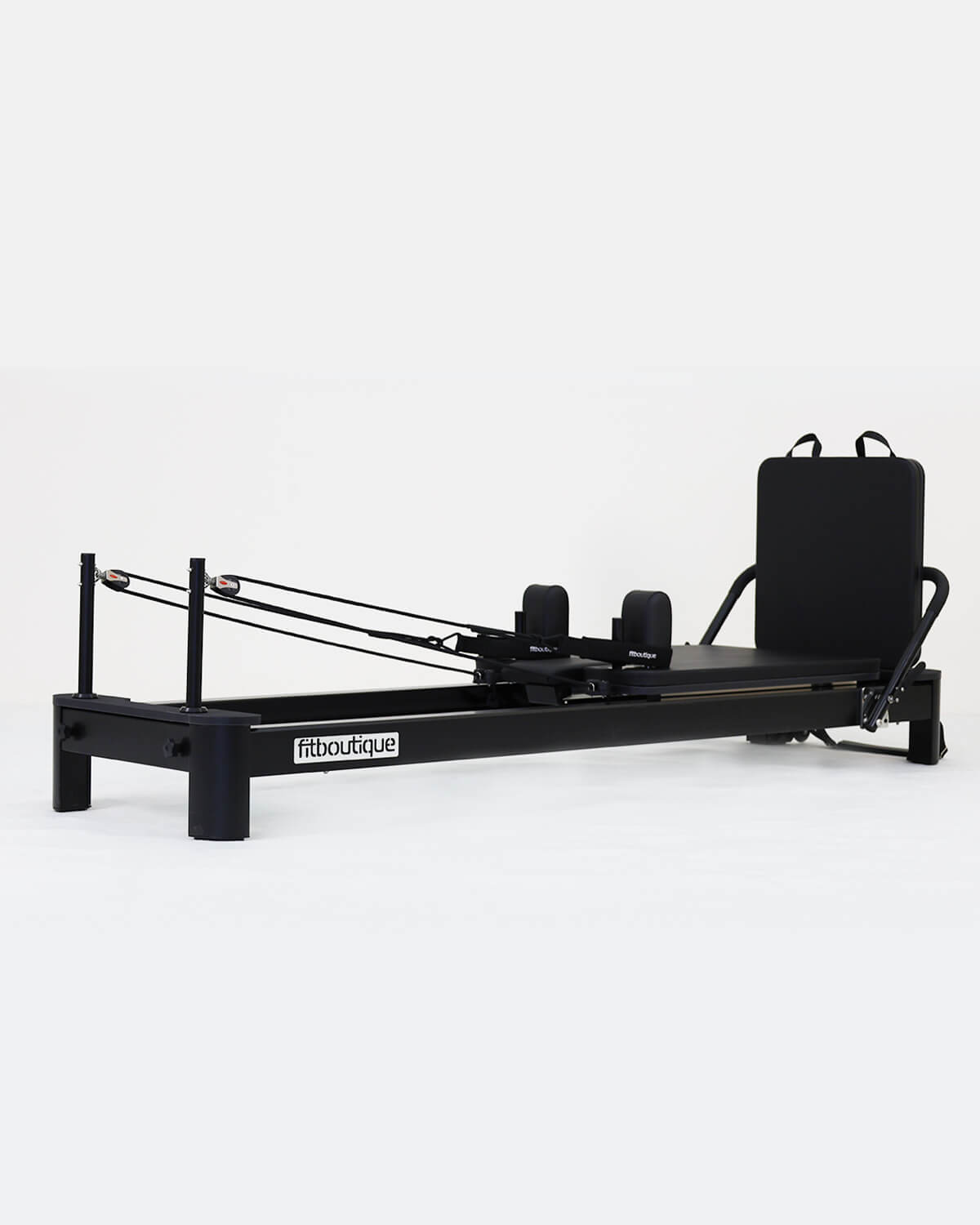
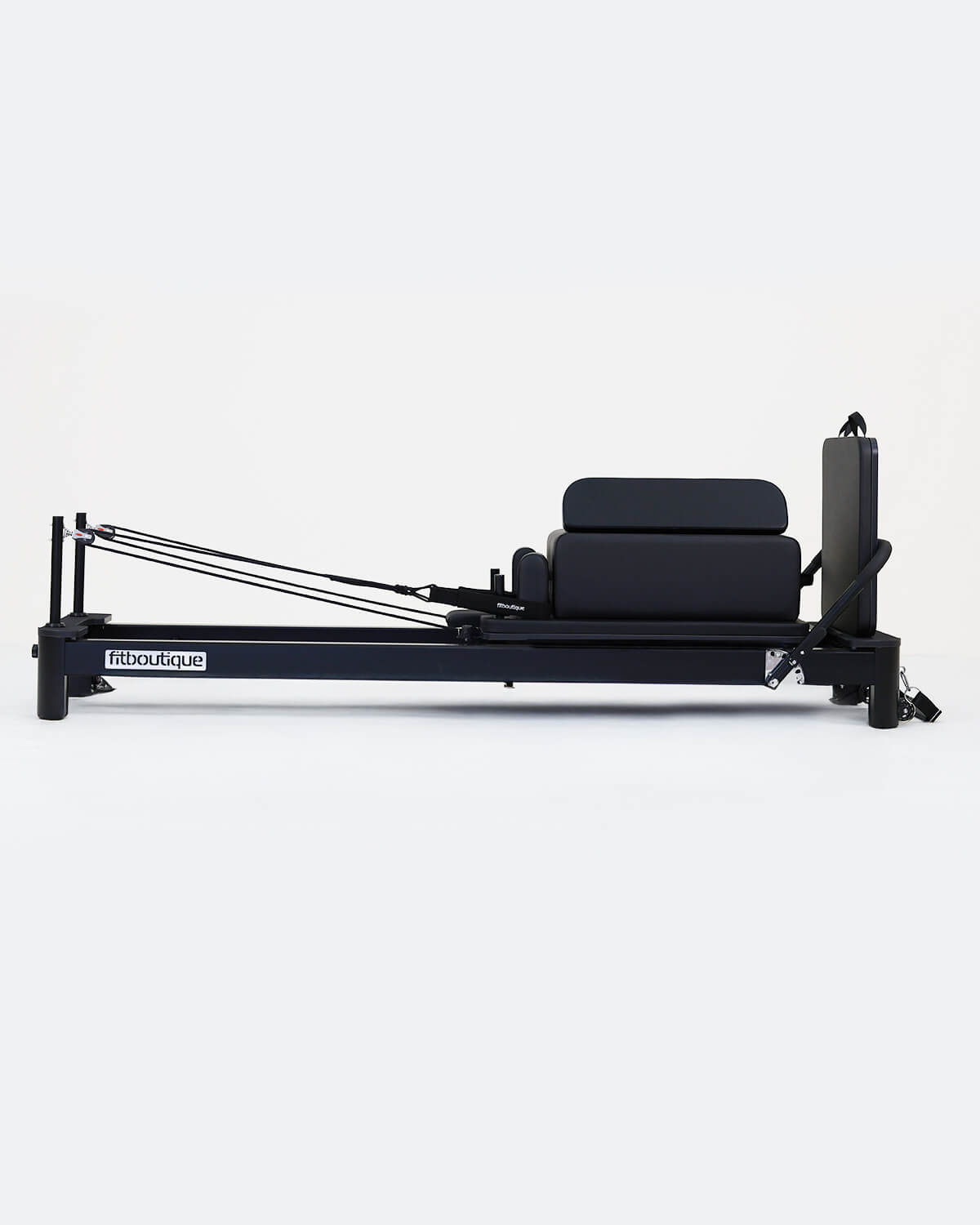
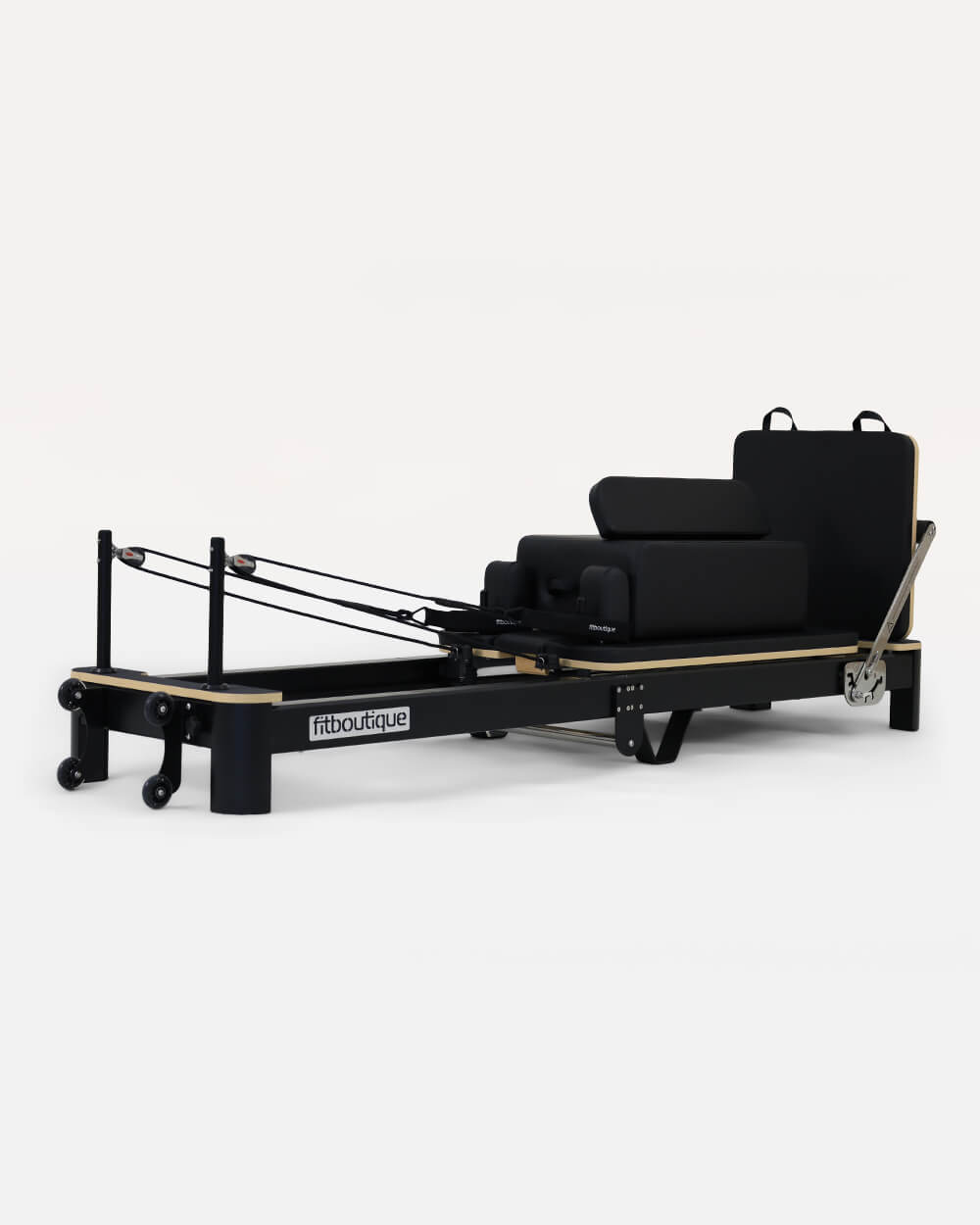
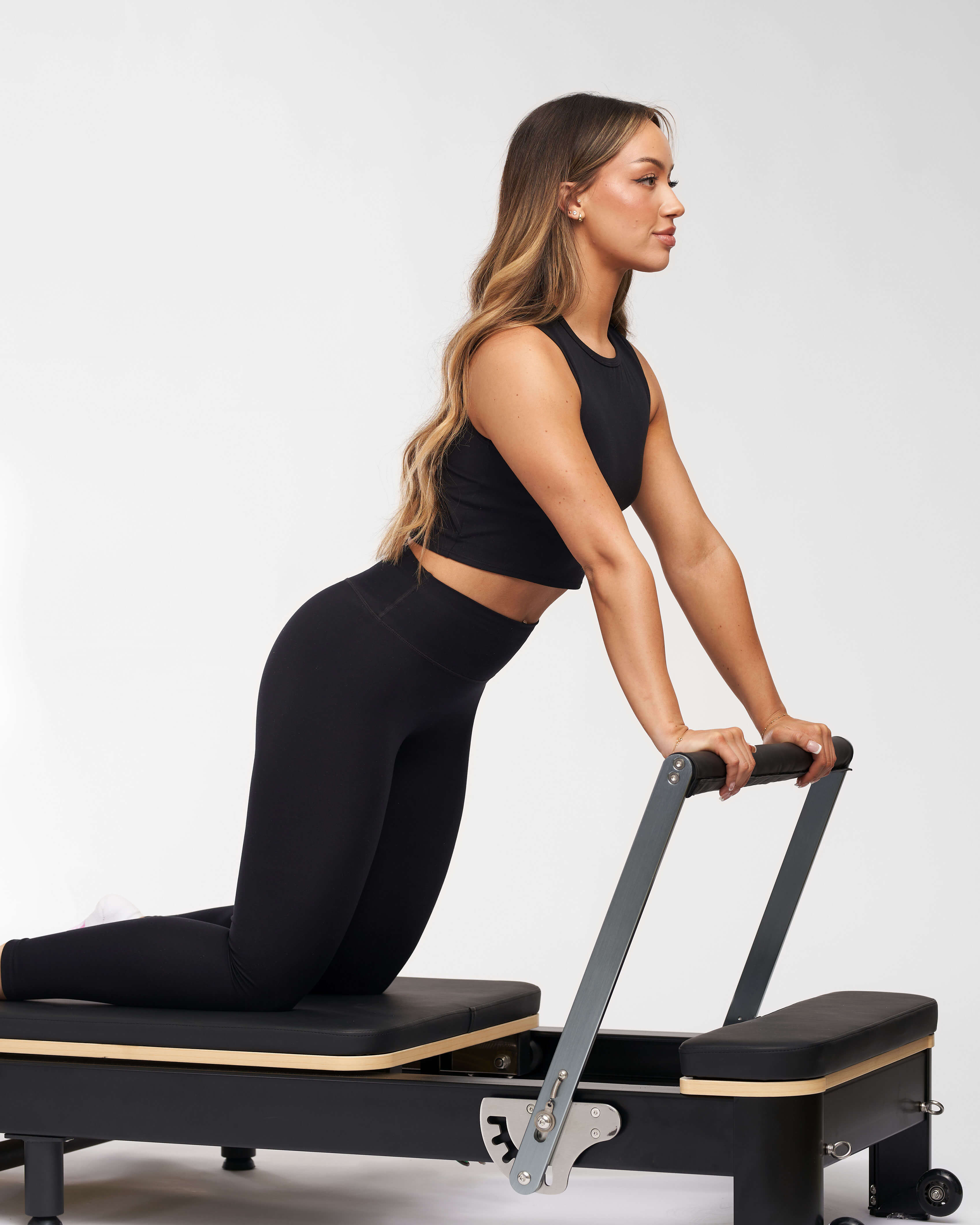
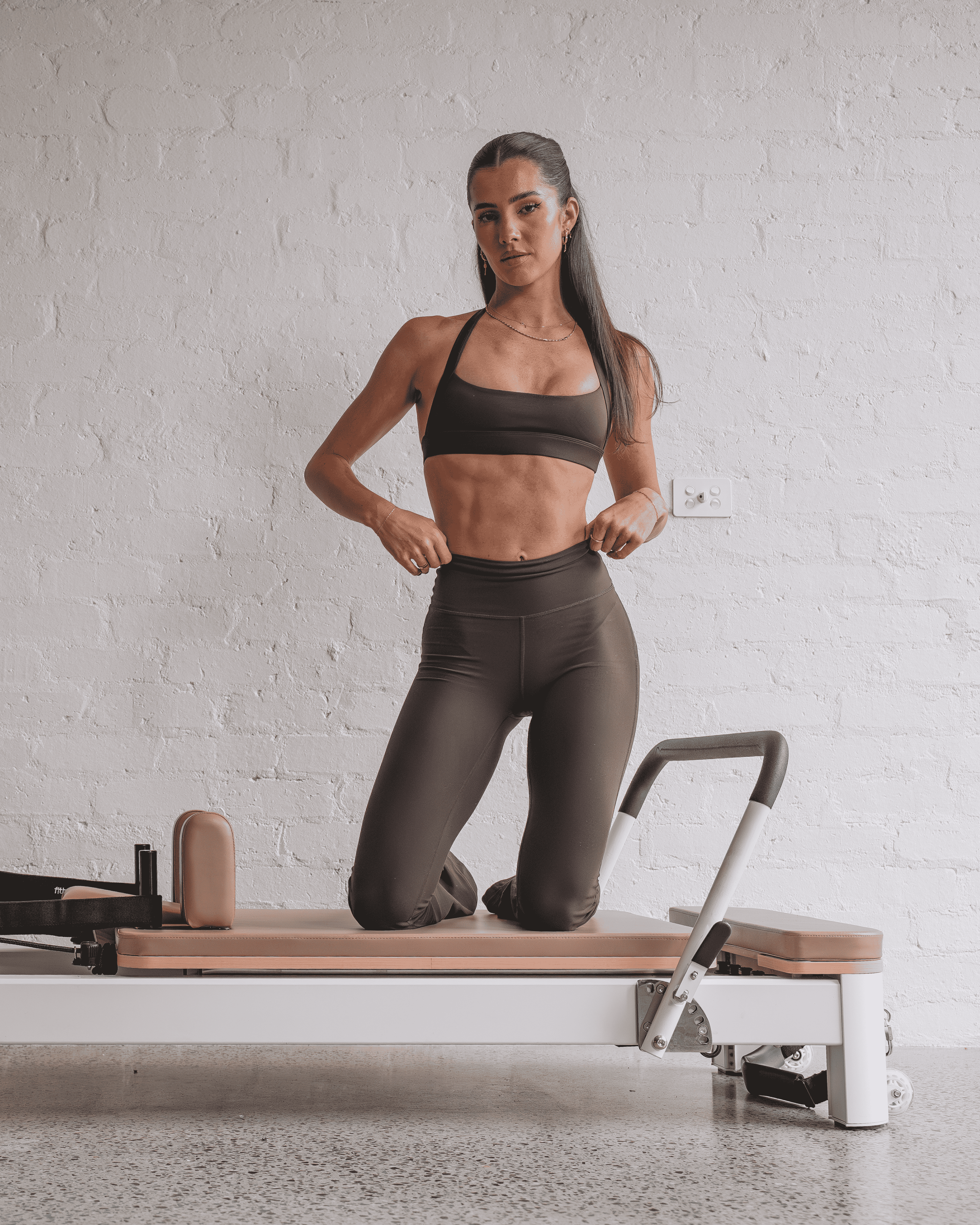
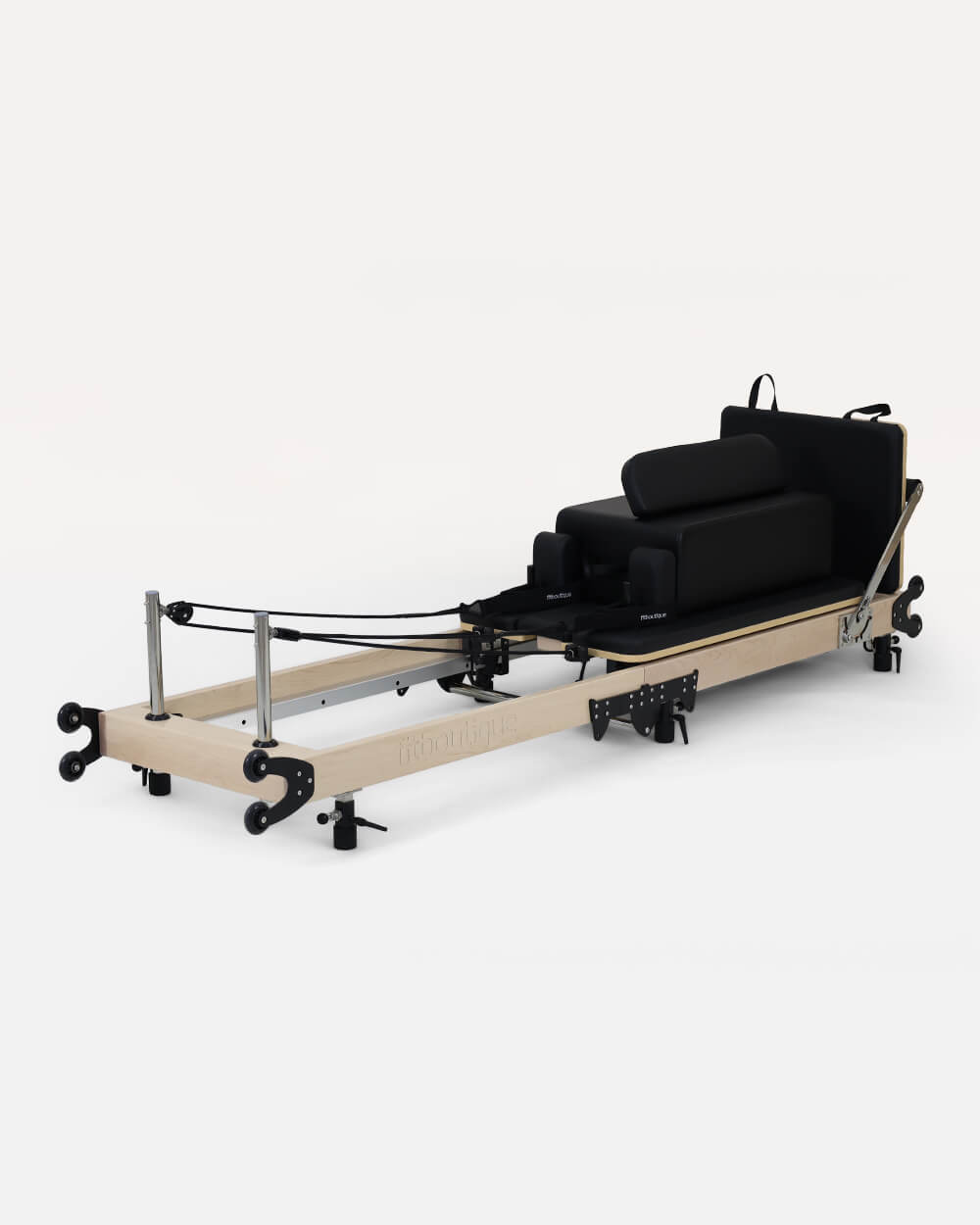

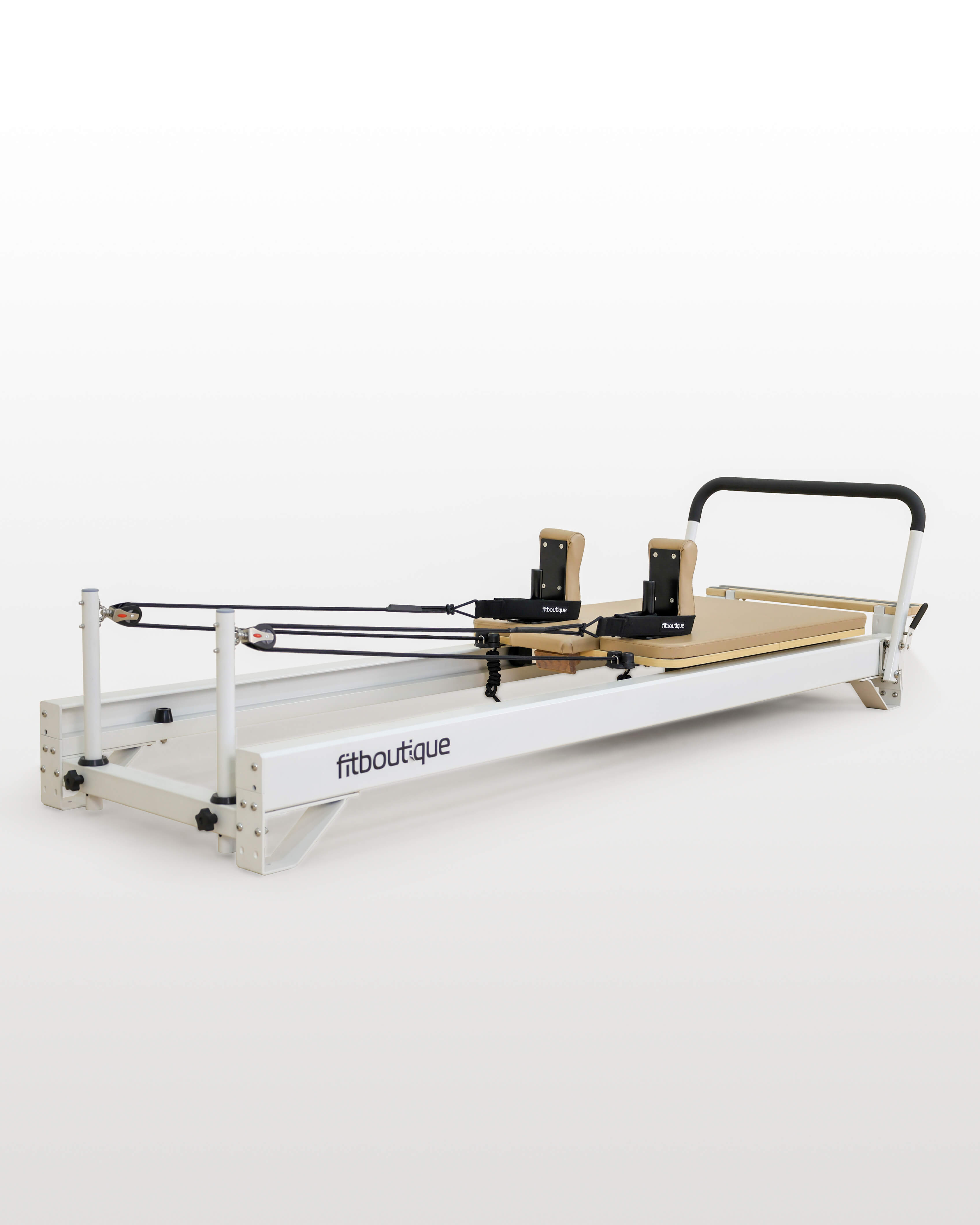
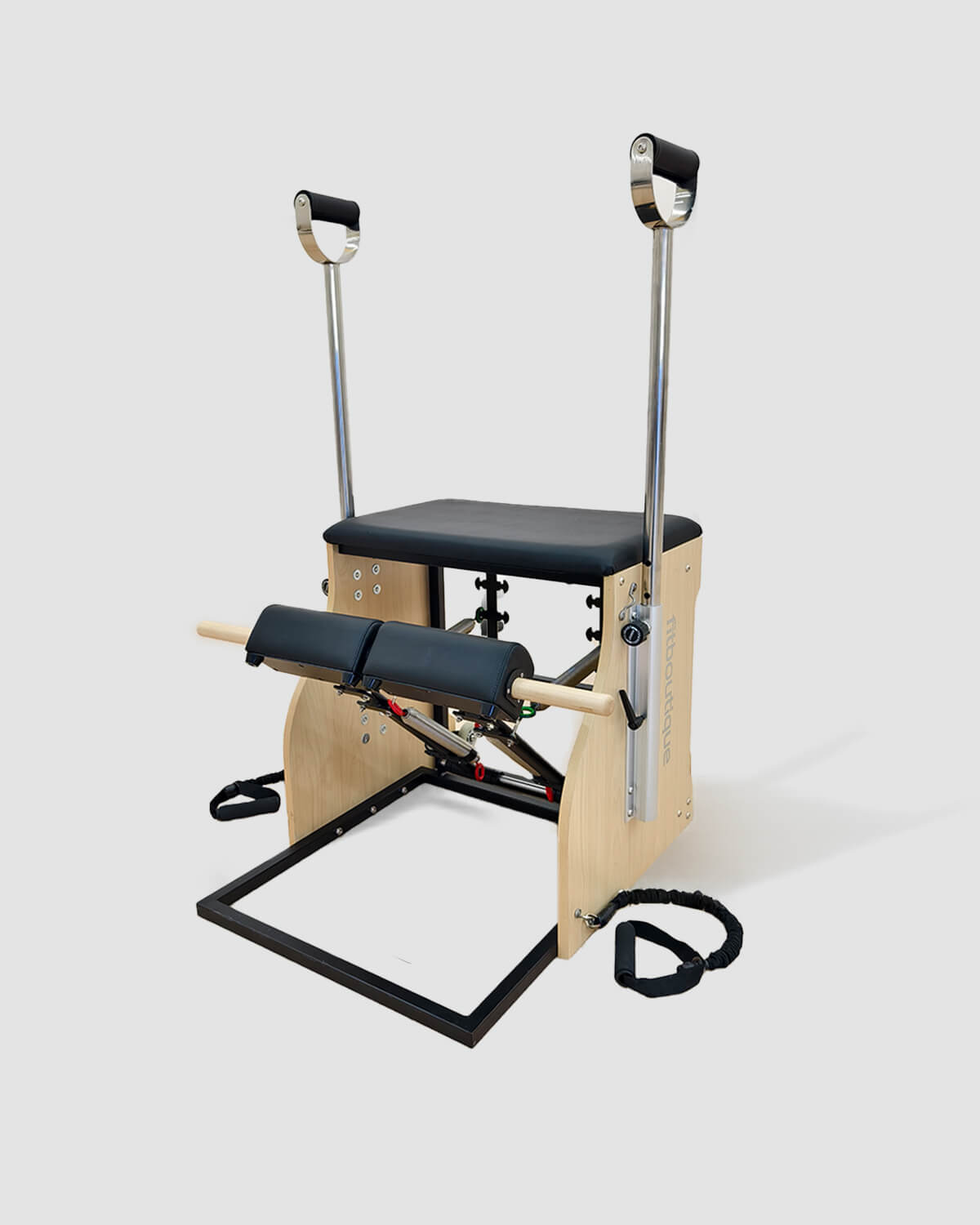
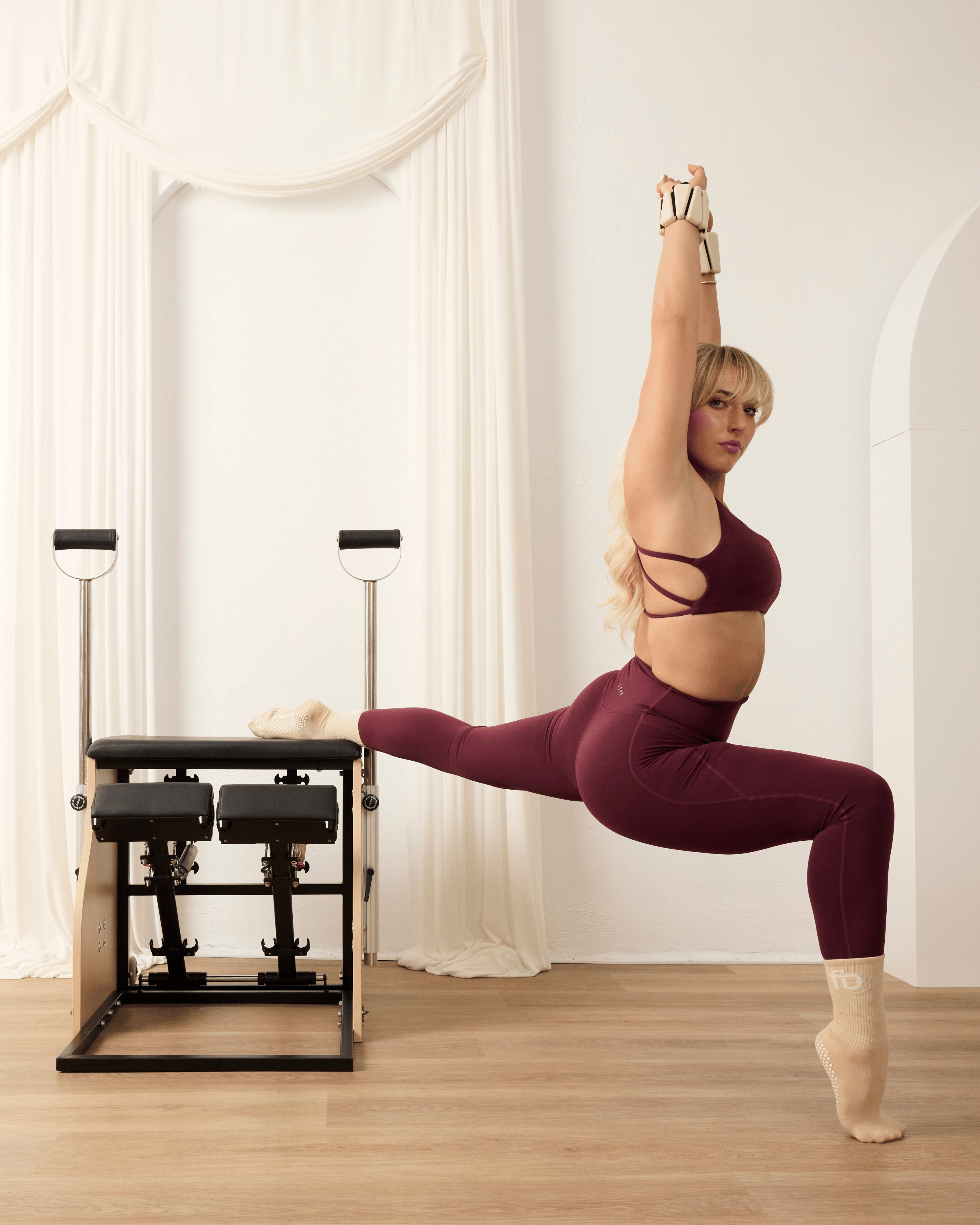
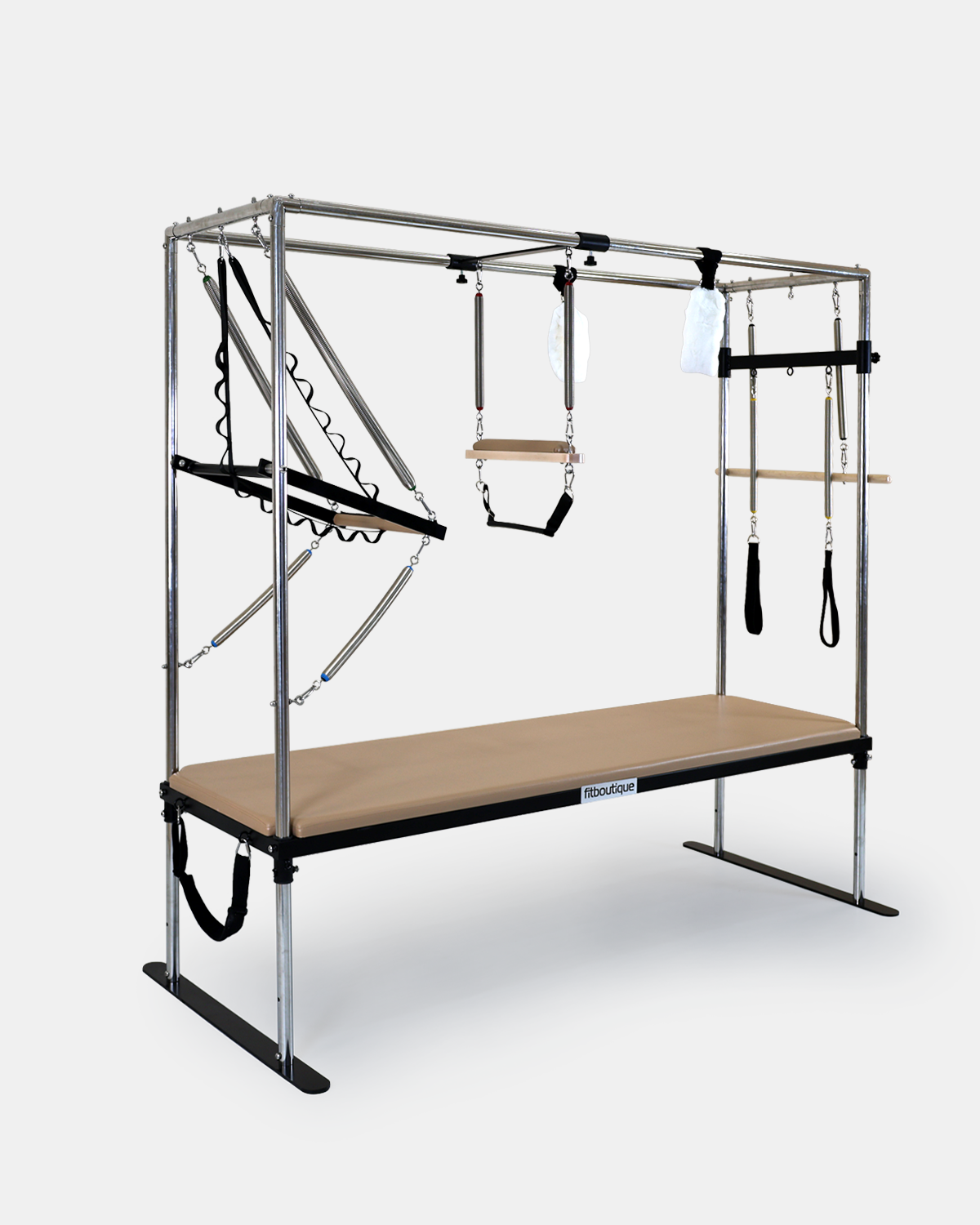
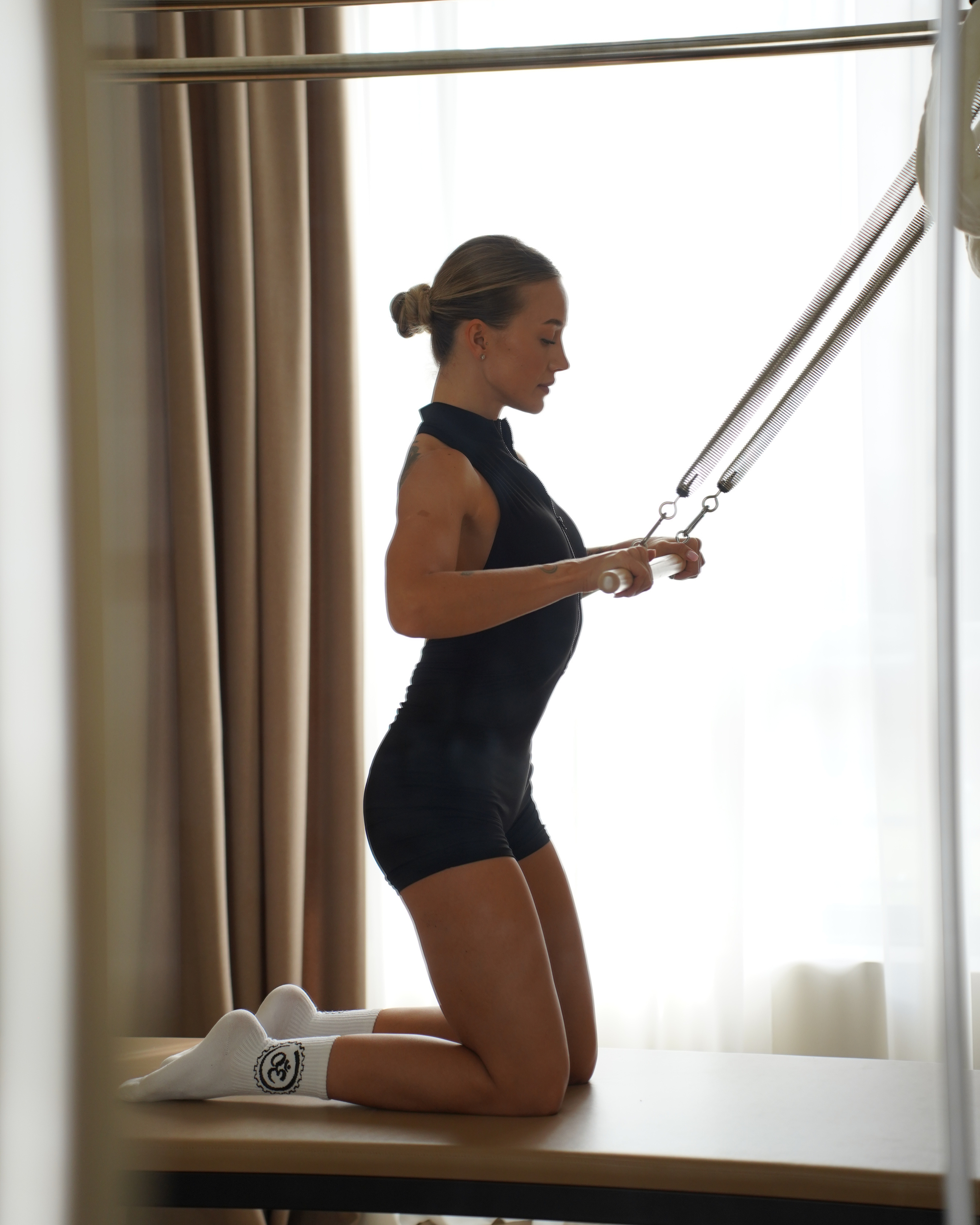
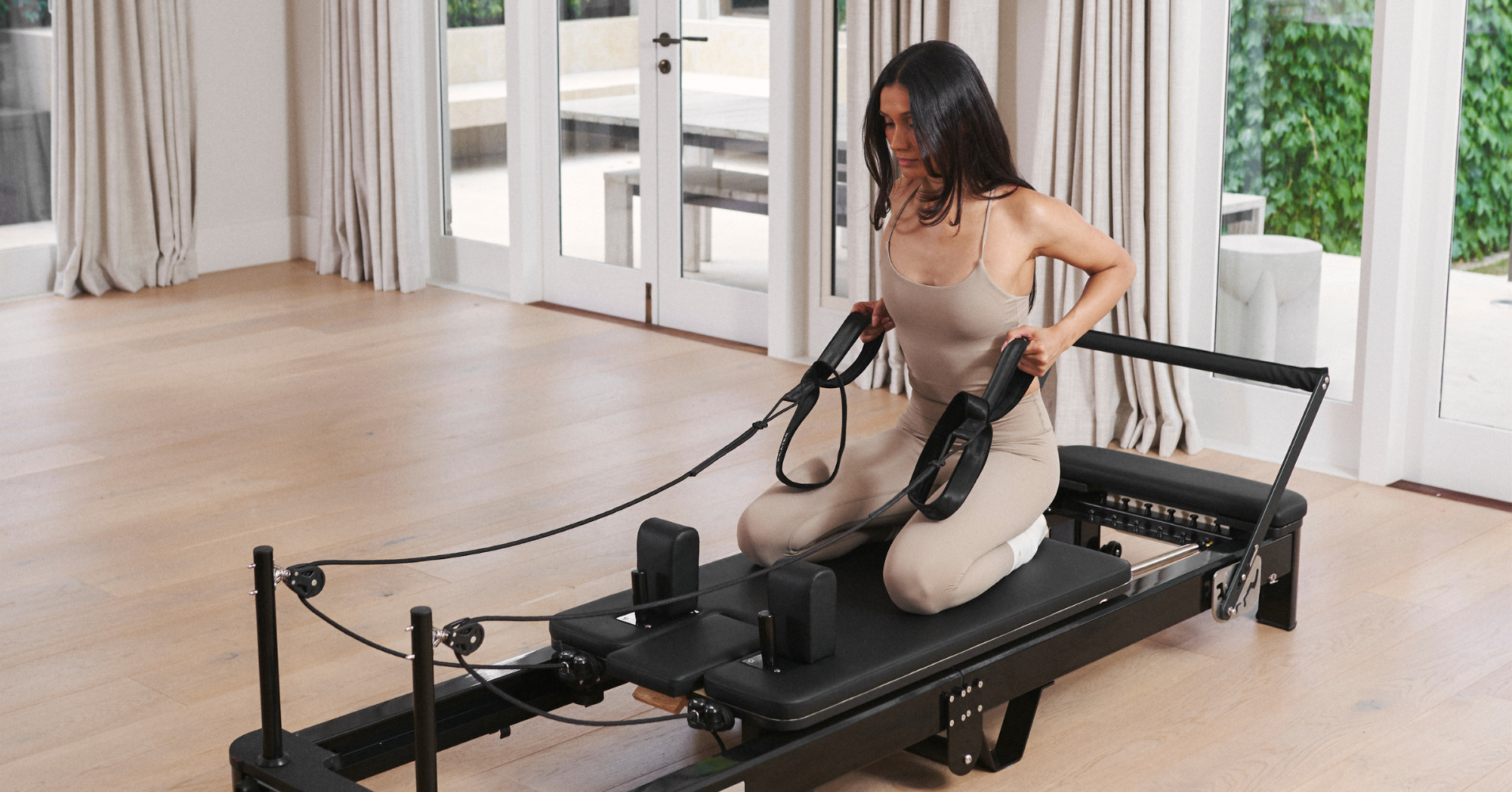
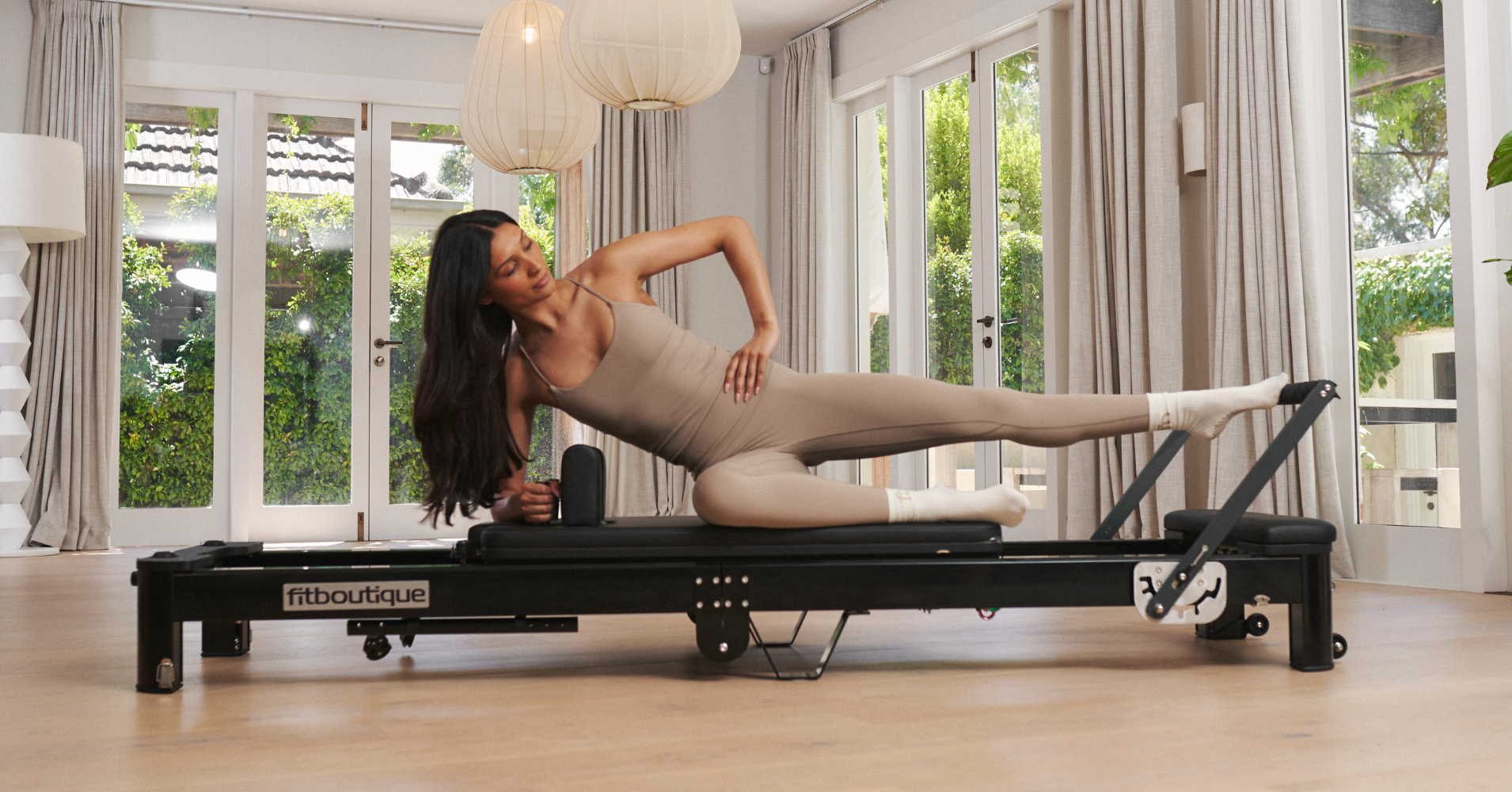
Leave a comment